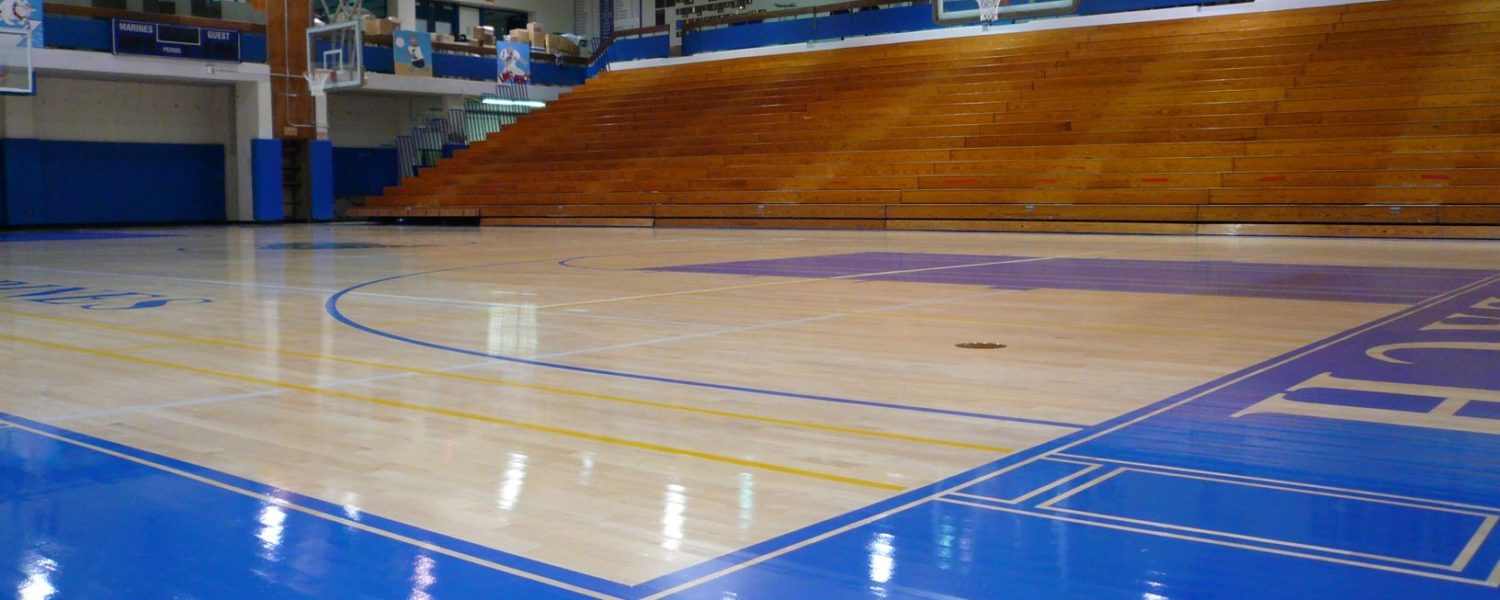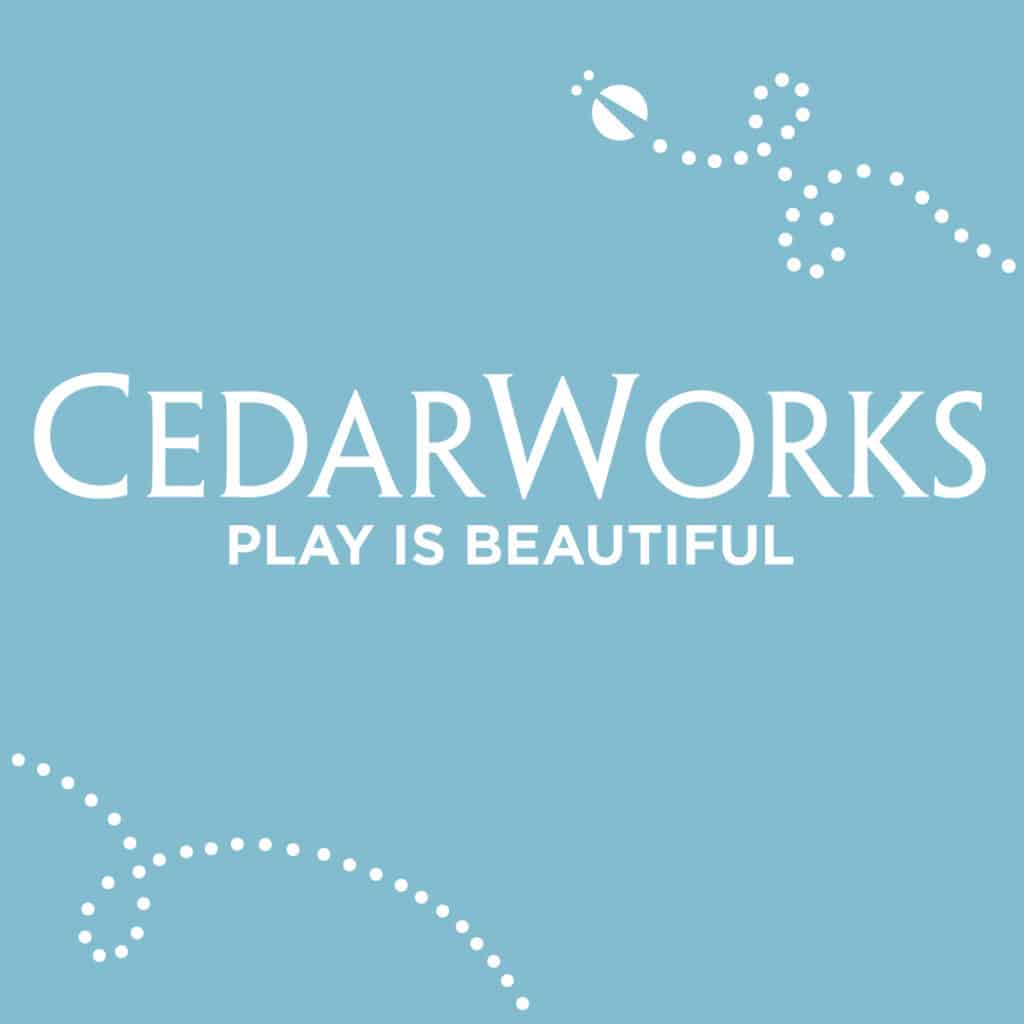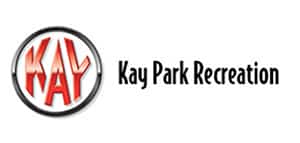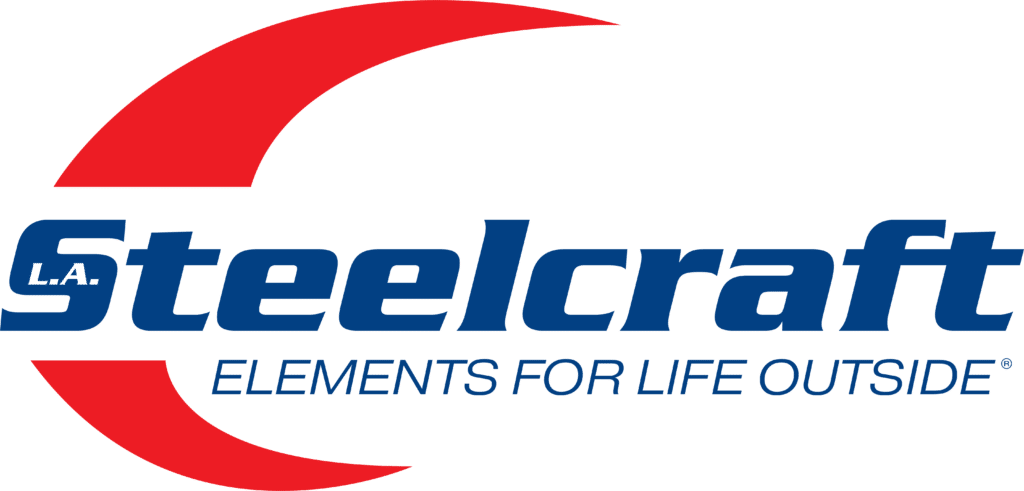By Eric D. Lussier
Your gym is enclosed, the HVAC is running, and the basketball backboards are in place. The final touch to your athletic facility is the only item outstanding: the sports floor. There are many options that you may consider when it comes time to choose from the varied athletic surface options available.
CONCRETE
It seems ridiculous to start the overview with what would seem like no flooring at all, but due to its lifespan and durability, concrete remains a choice. However, the downside of a concrete surface is the safety factor.
While a player may not think twice about shooting hoops on an outdoor concrete basketball court, that same person would likely be apprehensive about lacing up their sneakers on an indoor concrete court. Why? Because concrete doesn’t offer any sporting characteristics, with the most important being force reduction, also known as shock absorption.
LVT / VCT
With advancements in vinyl tiles in recent years, including those that mimic the appearance of wood, the popularity of luxury vinyl tile (LVT) is on the rise. However, because it also offers virtually no shock absorption, the use of any type of vinyl tile in a sport application should be evaluated closely before selection.
Traditional vinyl composition tile (VCT) can offer a low initial installation cost up front, but the lifecycle costs are very high on the backend due to the annual maintenance required. VCT requires a field-applied wax coating to create a wear layer for protection against scratches and dirt. Normal foot traffic does wear off the wax layer, which needs to be reapplied by stripping off the existing wax, applying a new coating and then polishing. The wax reapplication can be applied as frequently as quarterly or semi-annually but is usually only performed annually.
WOOD
Still the most popular choice for basketball court floors, hardwood (namely maple) is utilized in the market more than 50 percent of the time in gymnasiums. Having been used and proven in the field for well over 100 years, wood flooring has a long track record in the sports surfaces industry.
While there is a range of different systems on the market, traditional maple flooring uses a 2¼-inch-wide by 25/32-inch-thick wood plank with a subfloor system underneath the maple to provide shock absorption. With options including foam, rubber pads, wood sleepers, plywood or any combination thereof beneath, most wood systems can range anywhere from 2 inches to more than 3 inches thick and require a depressed concrete slab.
While the cost of a wood floor can be viewed as affordable up front, the overall lifecycle cost is higher due to annual reapplication of the finish and a periodic resand, reseal, repaint and refinish.
There are also engineered wood options on the market, as well as combination systems which consist of a wood base layer covered with any of the synthetic choices below. Some combination systems can offer very high levels of force reduction while not requiring the same maintenance of traditional wood.
CUSHIONED SHEET VINYL
Vinyl, namely cushioned sheet vinyl or PVC, is one of today’s most popular synthetic surfaces for sports. Available in a variety of thicknesses, widths, colors and designs, the most common of these floors mimics the appearance of a traditional wood gym floor.
Premade in factories the world over, the vinyl is rolled up, packaged and shipped from the factory to a distribution house, the warehouse or a jobsite directly. The playing surface itself is typically pure vinyl and prefinished at the factory, which prevent the need for reapplication and helps aid in maintenance of the floor. Cleaning is performed with a dust-broom, mop and bucket or an auto-scrubber.
URETHANE
Once prevalent, full-depth urethane surfaces have been mostly phased out and are now pad-and-pour or sandwich systems. Incorporating a recycled rubber pad that is adhered directly to the substrate, the rubber has its pores sealed and is then coated with a 2 mm or 3 mm urethane lift. The lift is then coated with a color layer, offering one of the most popular synthetic surfaces on the market, which is also completely seamless. This painted color layer can wear through in high-traffic areas over time and it is typical for the floor to receive a new color periodically,
Ideal for multipurpose usage, the overall resiliency of the rubber pad is more suited for heavy loads over the closed-cell foam of a cushioned sheet vinyl. While 4 mm, 7 mm and 9 mm are the most prevalent rubber pad thicknesses on the market, almost any thickness is available. While cleaned much like a vinyl floor, the lack of a true finish can make urethane floors more difficult to maintain.
RUBBER
Rubber flooring can be broken into two distinct types: recycled and vulcanized rubber, offering two distinct price points. Recycled rubber is traditionally manufactured from recycled car tires and thus is normally black. Ethylene propylene diene monomer (EPDM) synthetic rubber is introduced to give the product color, ranging from 5% up to 95% color chips. Recycled rubber sees a good deal of popularity where heavy loads are involved, such as cardio machines or free weights.
The most popular vulcanized rubber surfaces are composed of a recycled base layer and topped off with a virgin rubber layer. These virgin rubber layers offer more color and tend to lend less of a car tire smell to the facility and either rubber system can be very difficult to maintain without the application of a finish.
LINOLEUM
An all-natural surface, the use of linoleum as a sports floor is rare, but does exist. A seamed product offering little shock absorption without an underlayment system, the wear layer of linoleum is sturdy and rigid. The use of linoleum may be driven by its manufacturing process, as it is made entirely from renewable components. Common designs are either full color or feature a marbleized appearance. Linoleum has a reputation to be difficult to clean, yet prefinished options are available on the market.
POLYPROPYLENE
Polypropylene (PP) is a thermoplastic polymer used to create interlocking, modular tiles. Offering no shock absorption without the introduction of a recycled rubber pad underneath, PP tiles tend to be a budget-conscious solution for sports flooring.
Most common PP tiles are 12 by 12 inches, with open seams, available in a variety of solid colors; a few manufacturers mimic wood designs. These click-tile systems tend to be very noisy from foot traffic alone and can handle multipurpose activities well. PP tiles are hard plastic in nature and are not finished in the factory or the field. Dirt collects on the surface and does get in between the tiles at the seams.
GETTING ADDITIONAL INFORMATION
With all the different types of sports surfaces available, there is no one-size-fits-all answer to the question “which floor is the best fit for me?” Selecting a floor should be based on many criteria, including safety, intended usage, warranty length, budget constraints that include not only installation, but also operational and maintenance, and environmental conditions such as high moisture or lack of heating or air conditioning.
Eric D. Lussier, CSI, CDT has been an indoor sports flooring trusted advisor for 14 years. Based out of Vermont and working for Precision Athletic Surfaces, he is active in the Construction Specifications Institute (CSI) and is co-founder of the Let’s Fix Construction blog and podcast, www.letsfixconstruction.com.














